- Home
- personal finance
- A sommelier shares 10 words to look for to find high-quality wines under $25
A sommelier shares 10 words to look for to find high-quality wines under $25
'CLASSICO' on a Chianti

'GRAN RESERVA' on a Rioja
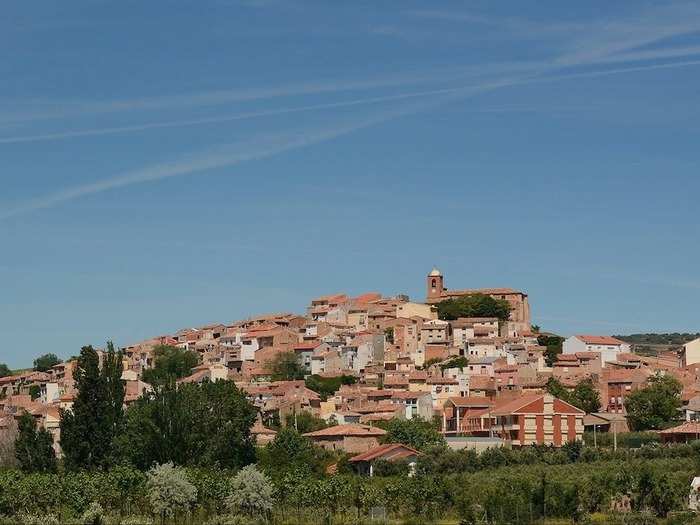
Rioja, Kleinhans says, is the most important wine of Spain.
It can be labeled as either "Reserva" or "Gran Reserva," but "you're always looking for, without exception, the Gran Reserva," says Kleinhans. "It means this wine has a strong oak flavor, the hallmark flavor of Rioja. It also guarantees this wine has been aged in oak for two years or more, and an additional three years in the bottle."
Kleinhans says Rioja Gran Reserva is "probably one of the greatest high-end wines in the world that you can get at tremendous value."
'CRU BOURGEOIS' on a Bordeaux
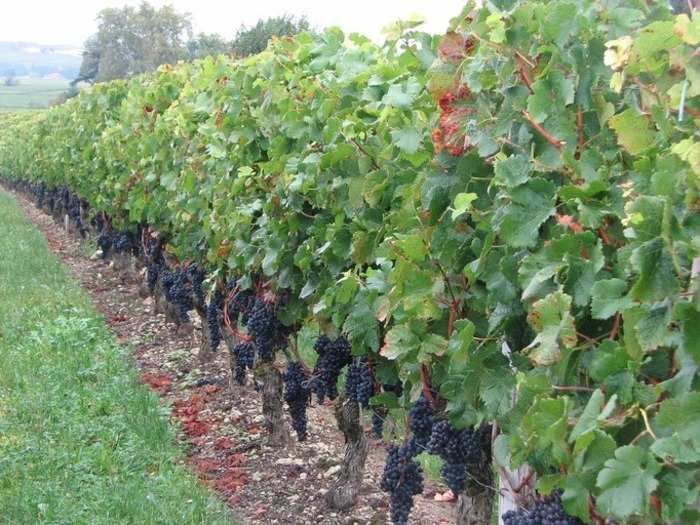
The "Cru Bourgeois" distinction has to do with the French region of Bordeaux, where these wines are produced.
The greatest wines of the region are classified as "Grand Cru Classé," which Kleinhans explains has been so successful that prices went through the roof and bottles are no longer available for under $40 or $50.
"For the value lovers, 'Cru Bourgeois' is the back door to get outstanding Bordeaux for under $25," he says. "Those are the chateaus not allowed into the Grand Cru classification 150 years ago. Several outstanding chateaus were left aside, and nowadays these wines not labeled Grand Cru, but Cru Bourgeois, you can get at a great value. It's the level right under the Grand Cru level people are paying thousands for."
'TROCKEN' on a riesling
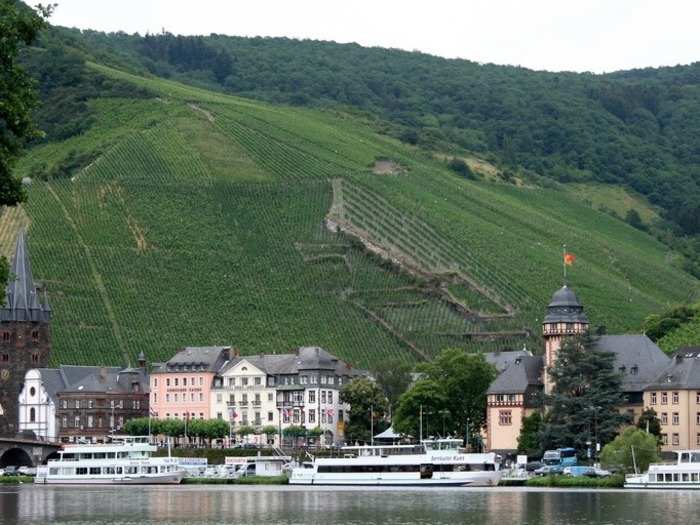
If you don't like riesling because you find it overly sweet, Kleinhans says you'll want to keep an eye out for the word "Trocken" on the German varieties of this wine.
"In the US we often enjoy drier wines, and the Germans have a word for it: trocken," he says.
'GRAND VIN' on a Bordeaux

Sometimes chateaus issue a number of different wines, explains Kleinhans, and Grand Vin denotes the first label.
"It means the first wine of the house," he says. "The best berries of every vintage are selected into this wine — it's not one of the leftover sell-offs. This is important because in many years in France, the lesser berries are very disappointing. Sometimes the Grand Vin is very expensive, but you can get many under $25."
The term Grand Vin can also be found on bottles marked Cru Bourgeois.
'CRU' on a Beaujolais
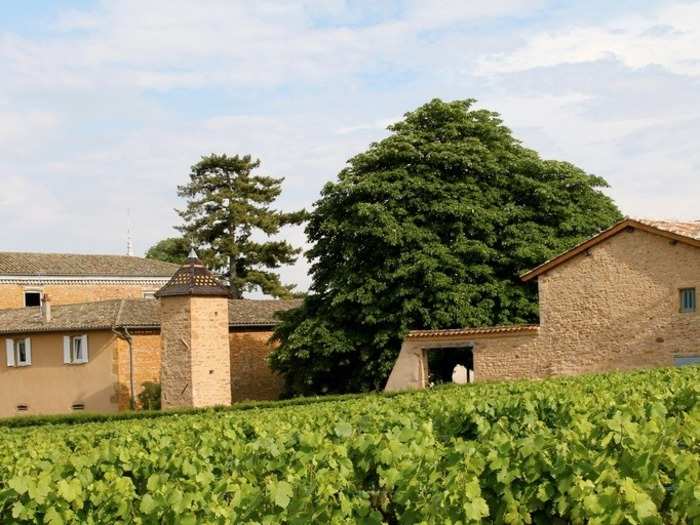
Beaujolais, Kleinhans says, is often known as a nonserious, fruity wine of eastern France that can taste of anything from bubblegum to cotton candy.
"People don't know there are ten different chateaus that make outstanding and very serious Beaujolais," he explains. They're called the "Crus." "These other so-called Cru Beaujolais, you know under $25 that you found a Beaujolais that is as serious and as good as many of the great red Burgundies."
'PREMIER CRU' on a Burgundy
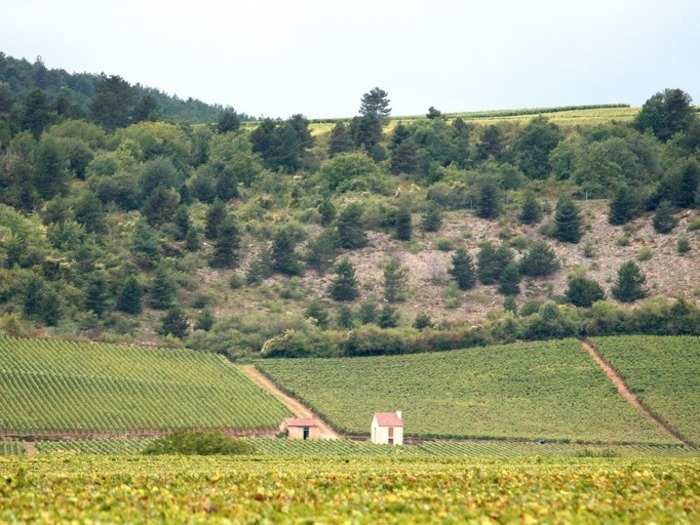
"Premier Cru," which translates to "first vineyard," designates a specific vineyard, Kleinhans says.
Although these wines tend to be priced higher than the others on his list, "With some luck you will find one under $25 and know with confidence you have a single vineyard, highly classified Burgundy rather than a lesser level," Kleinhans says.
'MERITAGE' on a California cabernet sauvignon

The word "Meritage" is a combination of the English words "merit" and "heritage," and only applies to Bordeaux-style wines from California.
"Since the word 'Bordeaux' is protected, the US wants to show it has the same grape varietals of a Bordeaux, but can't put 'Bordeaux' on the label," Kleinhans explains. "It's usually dominated by cabernet sauvignon, but also includes the other four blending grapes: merlot, cabernet franc, malbec, and petit verdot. When you see 'Meritage' on a California wine you know you are tasting the American interpretation of Bordeaux."
'OLD VINE' on a Spanish grenache or California zinfandel
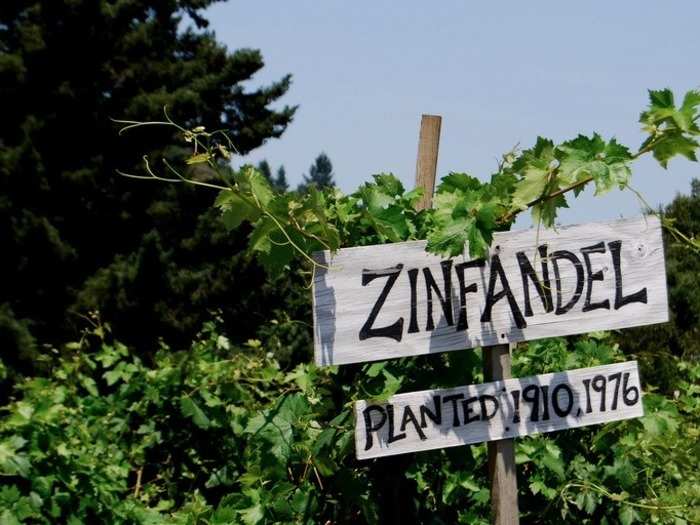
In a heavy wine with a high alcohol content like a zinfandel, Kleinhans says, "we're looking for strength and boldness and flora."
The term "old vine" indicates that the berries used in the wine are from a plant that's 30-100 years old. The older the vine is, the smaller berries it produces, and the more concentrated and jammy every berry will be," Kleinhans explains.
In northeastern Spain, the home of a grape called grenache, the same term may be used.
'RISERVA' on Italian wines like Barolo or Chianti
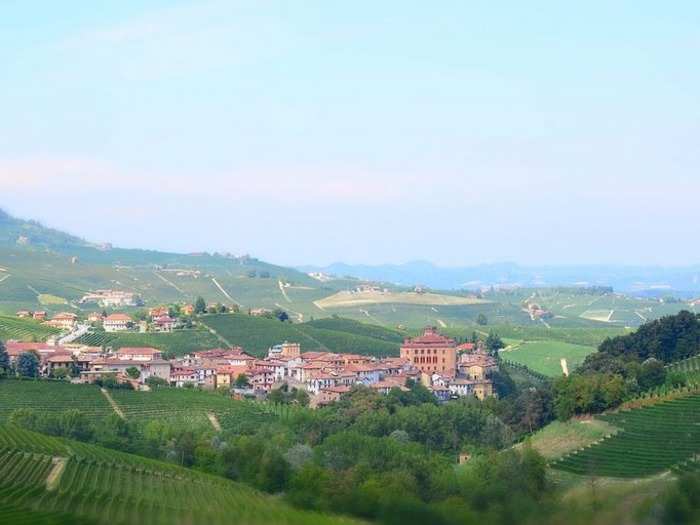
The word "riserva," Kleinhans says, is an important indicator on Italian wines, and can be found on a number of different wines including Amarone della Valpolicella, Barolo, Brunello, and Barbaresco.
"It means additional aging in the cellar before the wine has been released," he says. "With a Barolo riserva, you know that this Barolo has aged for five years at least before it was released. This term indicates the winery has full confidence this wine has high potential and shows their best quality. Since the term is regulated in Italy, a riserva is always better than a non-riserva and is an important word to look for in Italian wines."
Popular Right Now
Popular Keywords
Advertisement